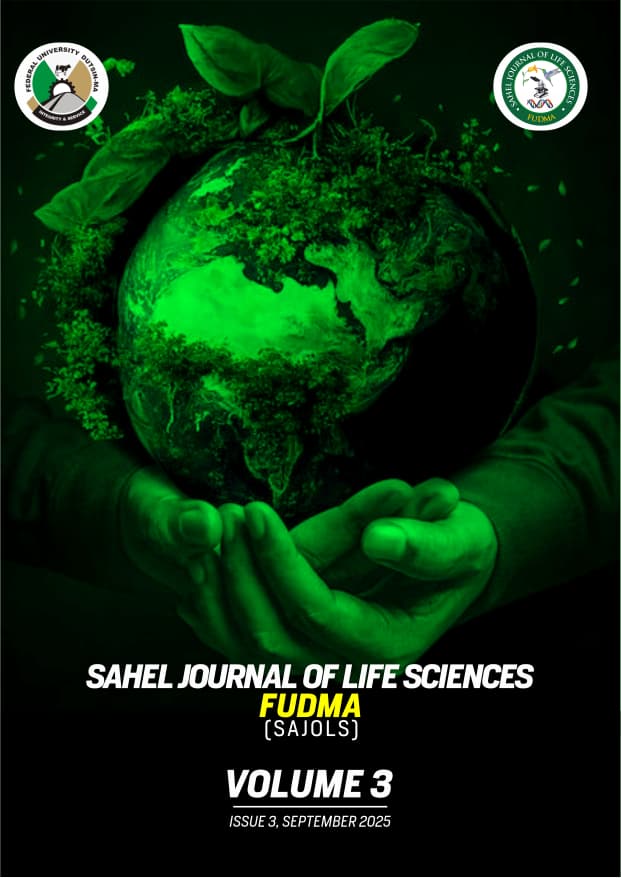Occurrence and Distribution of Escherichia coli in Water Sources within Maiduguri Metropolitan Council, Borno State, Nigeria
DOI:
https://doi.org/10.33003/sajols-2025-0303-50Abstract
Escherichia coli poses a serious public health risk, especially in areas where water supplies are vulnerable to faecal pollution. This research work was designed to determine the occurrence of E. coli in water supplies and assess the potability of water in Maiduguri, Borno State, Nigeria, including hitherto uncharted territories. A total of seventy (70) water samples were aseptically collected in sterilized containers from wash boreholes and surface water reservoirs. Ten samples each were collected from seven wards within the Maiduguri metropolis using simple random sampling. The wards were Bolori, Bulabulin, Gwange I, Gwange III, Hausari, Mafoni, and Shehuri. The water samples were collected in sterile sample bottles, placed in an ice container, and transported immediately for analysis at the Veterinary Public Health and Preventive Medicine Laboratory, Faculty of Veterinary Medicine, University of Maiduguri. The result of this study revealed that wash boreholes have a higher mean colony-forming unit/millilitre (13.32) of E. coli than surface water reservoirs (10.12). However, the water sources do not differ significantly from each other (p=0.914). Of the seven wards (localities) from which samples were obtained, Hausari had the highest mean colony-forming unit (15.50), while the lowest colony-forming unit was obtained from Bulabulin (11.60). However, the locations did not differ significantly from one another (p=0.321). Therefore, the government water treatment plant and households should implement stricter safeguards to prevent the spread of E. coli in water.


